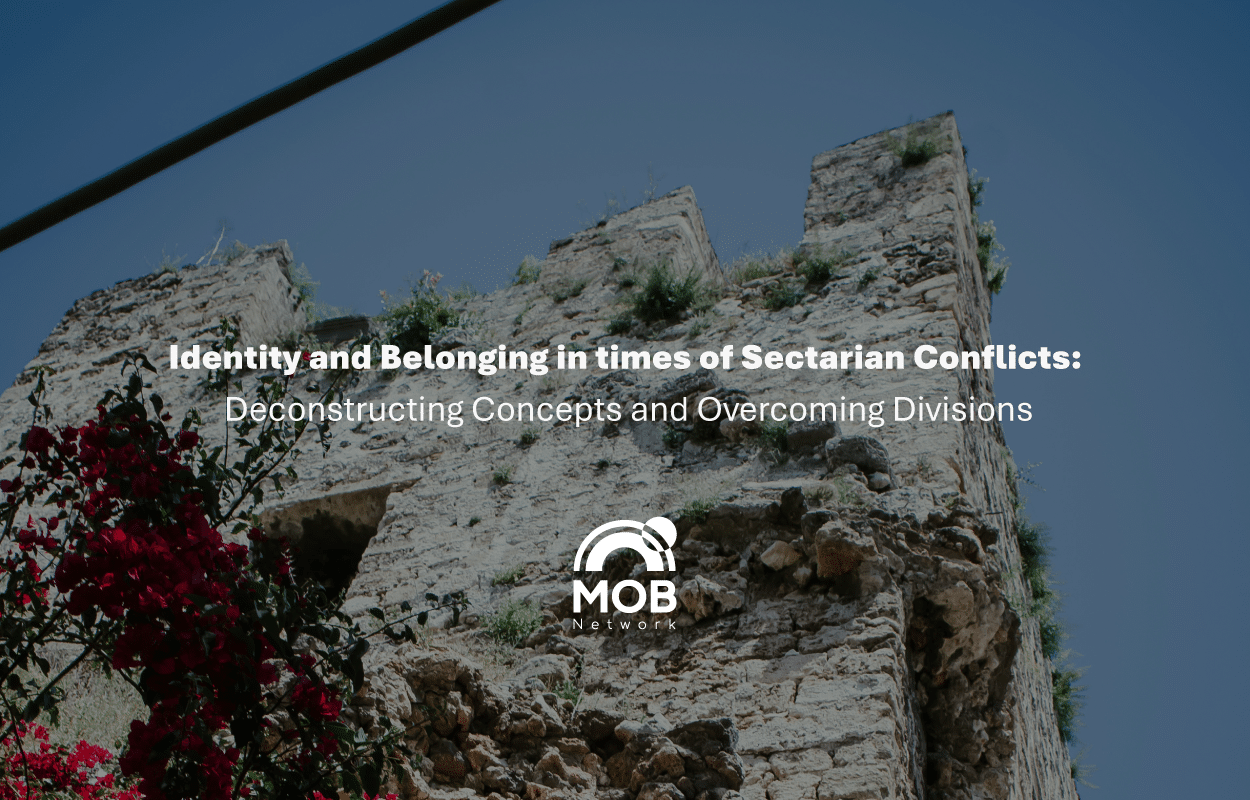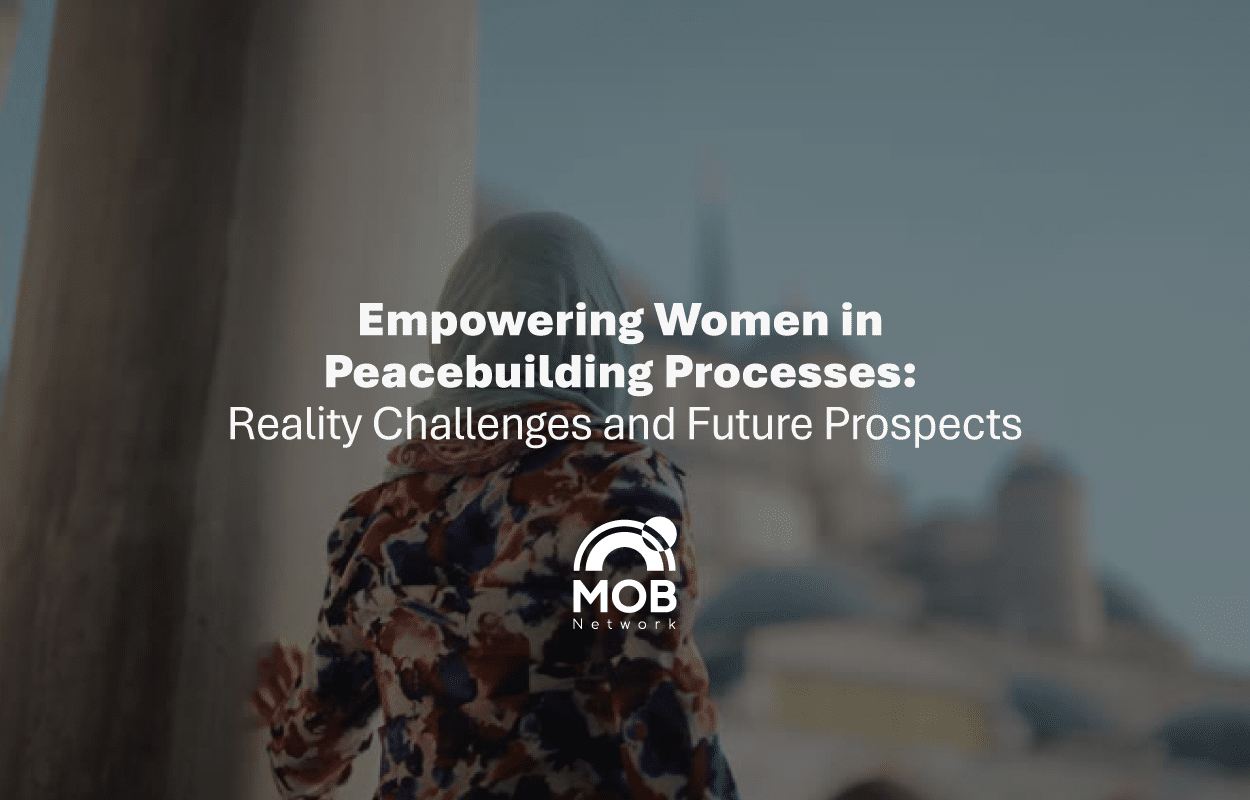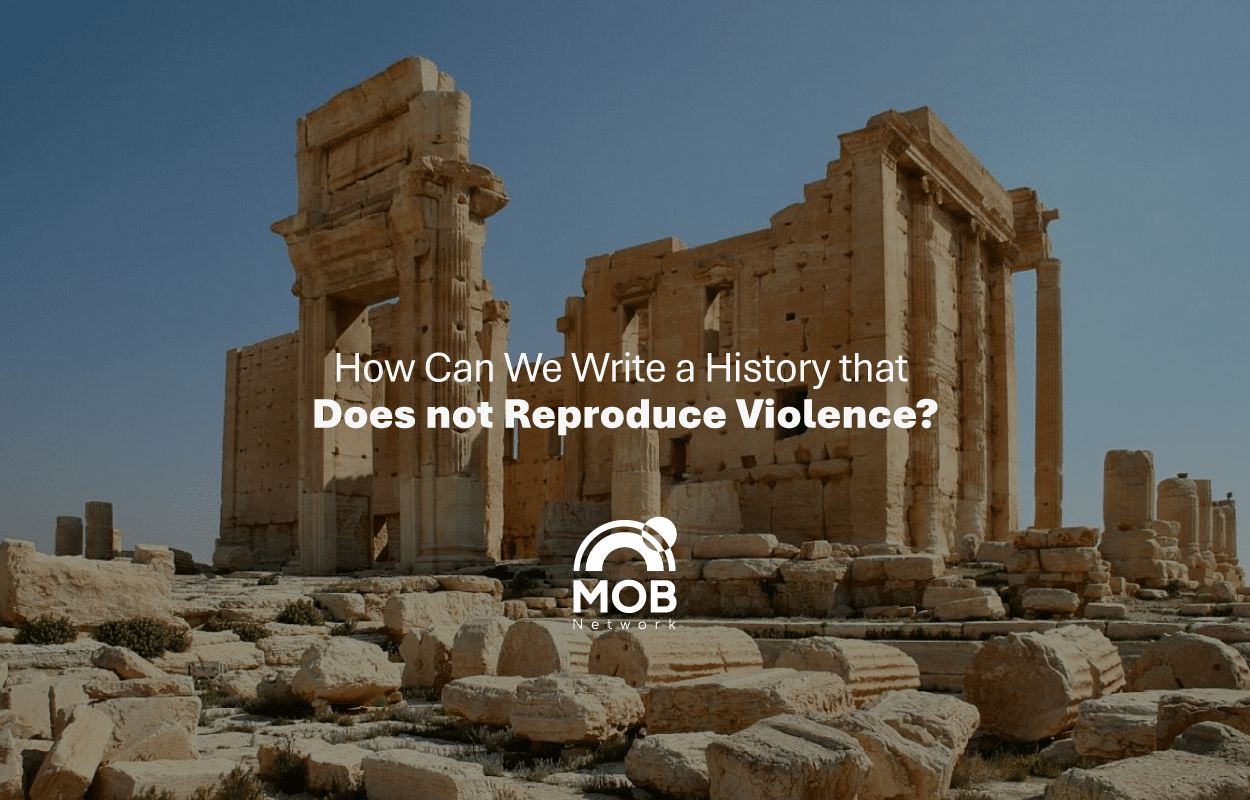Conflict is a part of our daily struggle as humans, it is spread out in all aspects of life: in our institutions, families, universities, etc., on both the individual and group levels.
The certainty and multidimensionality of conflict do not opt out the fact that studying and dealing with conflict is both crucial and a necessity. Usually, conflict is defined as a situation of inharmony amongst persons, ideas, and interests. This term is used to express the status of conflict, as well.
Conflict is versatile in terms of both dimensions and levels, as well as being in a dynamic state that makes dealing with it at the right moment in an apt method essential, in addition to constructive and response and handling. Some say that conflict is inevitable, occurring because of the constant interaction of its parties.
Mediation Concept
within the scope of the mediation movement, it is defined as a means of conflict resolution, where a neutral third party – without the authority to impose a solution – intervenes to help the conflicting parties reach an acceptable settlement that stems from them to ensure its continuous sustainability.
Lorem ipsum dolor sit amet, consectetur adipiscing elit. Ut elit tellus, luctus nec ullamcorper mattis, pulvinar dapibus leo.Lorem ipsum dolor sit amet consectetur adipiscing elit dolor
John Doe Tweet
It is imperative to have a broader look into the structure of conflict before listing the tools:
Conflict Structure
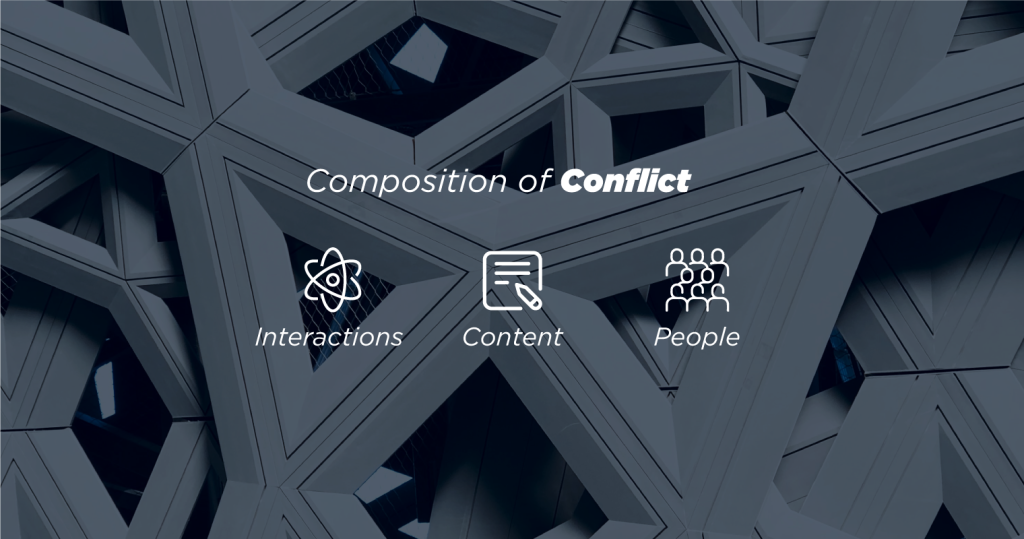
involves 3 main components – people, content, and interaction – that the mediator pays close attention to regardless of the type of this conflict. A conflict devoid of party interaction is a rare case.
1. People (Persons)
A mediator deals with the psyche of conflicting parties; i.e., feelings, emotions, and perceptions.
2. Content
Issues and special contexts, i.e., what individuals want out of conflict for self-keeping or clarification. Each party seeks the attainment of something.
3. Interactions
The approach people choose for the situation, strategies, actions, reactions, and attitudes (behavior).
A mediator must prudently take into consideration these 3 aspects to ensure a satisfactory conflict resolution, regardless of which; an effective settlement must respond to the needs and interests of the parties concerned in light of these 3 significant aspects.
Tools used in Mediation
1st: conflict circle
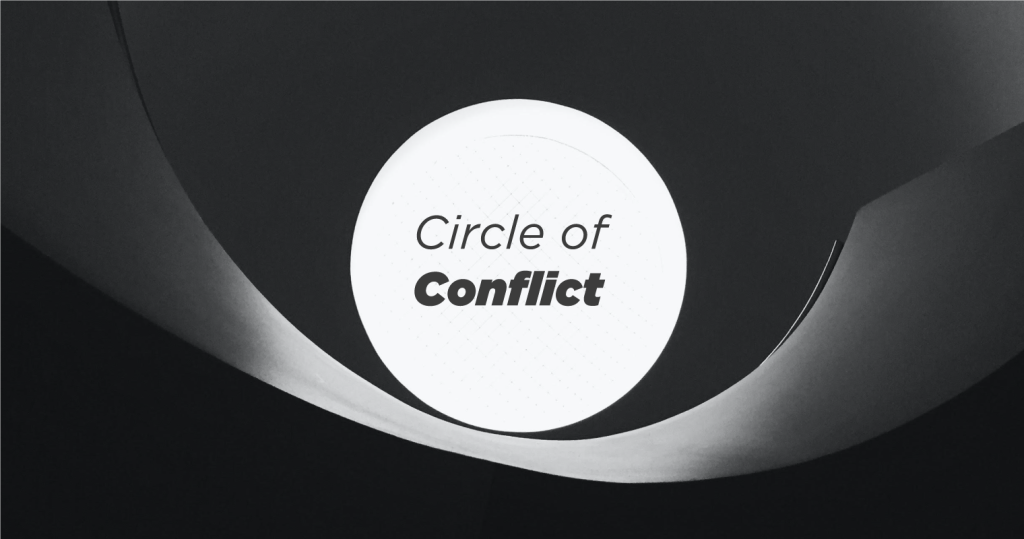
Developed by as a that he used to train mediators to unearth “hidden causes” of conflict, or the latent powers at play.
In addition to analysis, the tool provides strategic directions as methods for those who work in the field of dealing with conflict to utilize for the sake of constructivism whilst dealing with conflict. From an analytical perspective, the conflict circle model points out 6 hidden reasons for conflict.
Relationships:
Conflict due to relationships occurs when these relationships are a driving force and motivation for a negative current situation. Problems arising from negative relationships lead to the formation of mental templates (moulds).
External/Moods:
More than often, there are external influential individuals who dominate the relationship by imposing their own opinions on how the relationships of people should be. Factors that are not related to the content of the conflict, whether psychological or physical, are external forces.
Values:
The lack of values in individuals or the divergence of some values from those of others are among the most important causes of violence, as they are different criteria for evaluating ideas and behaviors.
Structure:
The social upbringing and parenting an individual has had, and how they are reflected in dealing and interacting with people who seem to be sharp and noisy in geographical restrictions or limited resources (money, time, etc.).
Data:
A lack in data and information causes faulty ideas that lead to misunderstanding or the incompleteness of an idea, and the unidirectional thinking of accumulative problems.
Interests:
Interests are considered the main propeller of human motives toward relationships which sometimes dictate the presence of true competition over procedural and\or psychological interests.
2nd: the 7-step approach to mediation

This approach, the seven steps in negotiation, which can be re-purposed for mediation utilization, and thus, is composed of 2 levels:
- Analyzing the situation using this approach
- Performing mediation through this approach
Interests:
This term is used to express what an individual wants. Behind every position a party takes, there is an interest, hope, desire, need, interest or concern about something. It is preferable to have an agreement that meets the interests of all parties to soothe (calm) the situation).
Alternatives:
The withdrawal of the parties when they cannot reach an agreement. This can be a unilateral action without the other party being required to do so. In general, the parties have to agree to any agreement that could be better achieved in another way.
Options:
This word is used to express the different possibilities that appear to the parties. We use the options that are on the table or that can be placed there; or to have more than one possibility or way to solve the problem, and all of these possibilities co-exist until a specific solution is agreed upon.
Legitimacy
Parties seek criteria to legitimize, they could include an agreement, international law, a moral campus, or a certain tradition or custom.
Relationships
Negotiations create better working relationships which in turn improve the way the parties collaborate. In most cases, negotiations are between institutions or individuals we work on a frequent basis. One of the important dimensions of the results of negotiations is to improve the work environment and improve relations for the benefit of work.
Will the two parties work better with each other?
Communication:
Another thing that expresses equality. If the communication between the parties is effective and clear, the results will be better, and effective negotiations need effective communication from both directions.
Obligations:
It can be oral or written as to what the parties want to do. Some commitments may be stated at the beginning or at the end of negotiations. In general, it is preferable to agree that promises be given in a planned and clear form so that they are practical and understandable to the one who has to implement them, and that they can be easily implemented and understood.
The ways that people choose to deal with conflict may often be negative, even violent, and may cause damage and destruction. Conflict is a good thing, but the bad in it is the way we deal with it! Therefore, it is necessary to know and understand the conflict structure and the basic needs behind it, and to train in the tools to reach successful mediation and innovative solutions.
Author: Abd AlMonem Berkdar
Read also:
How the mediator designs the process to go from “No” to “Yes”
Mediation: The Art of Knowing the Wishes of Conflict Parties



